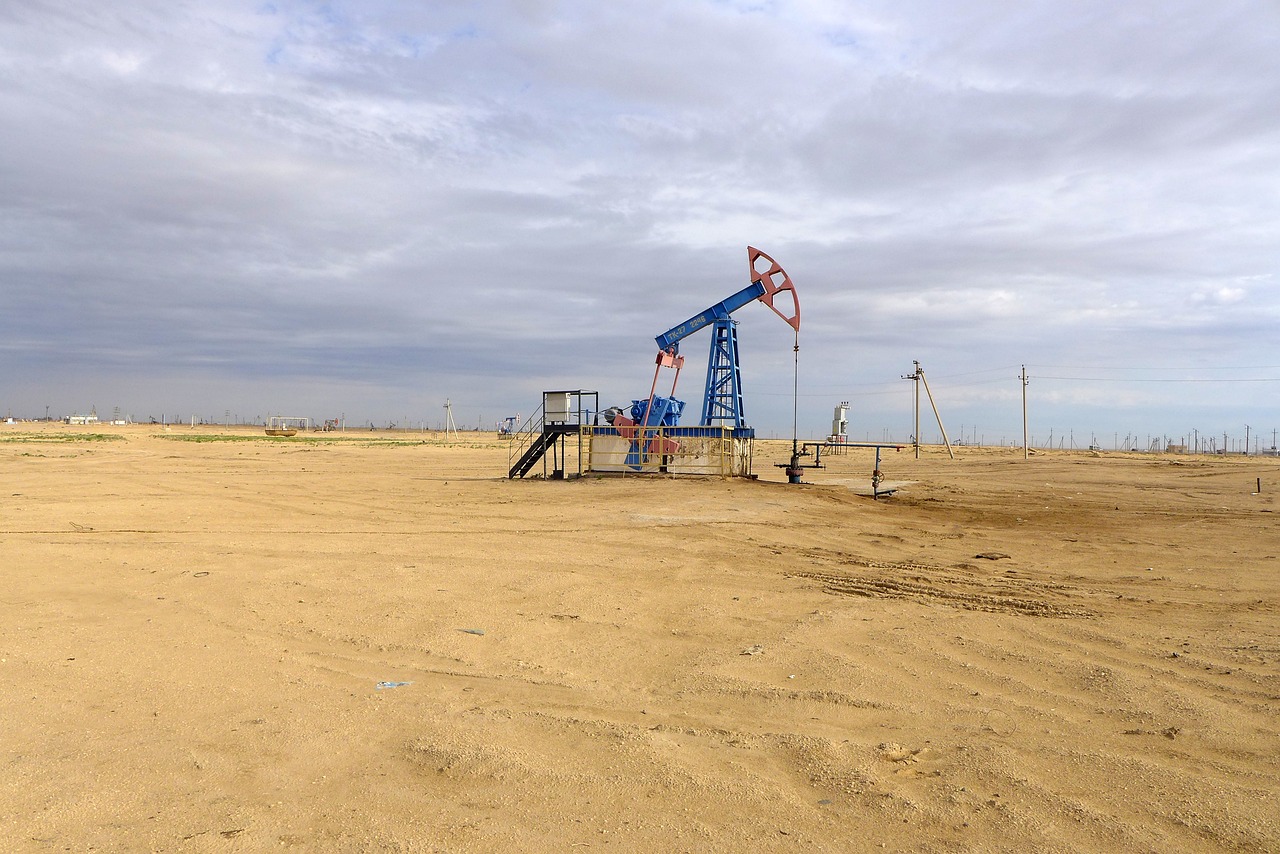On Friday, oil prices showed little movement. By midday, a barrel (159 liters) of Brent crude for July delivery was priced at $83.35, an increase of eight cents from the previous day. Similarly, the price for a barrel of West Texas Intermediate (WTI) for June delivery edged up by four cents to $79.27.
The prices were supported by the prospect that the U.S. Federal Reserve might ease its monetary policy earlier than anticipated. This outlook was influenced by inflation data released earlier in the week, which were slightly lower than expected. Additionally, the ongoing tight supply of crude oil from major producing countries continued to exert upward pressure on prices. This combination of factors has contributed to a sense of cautious optimism in the market, as investors weigh the potential for future price movements.
For the week, oil prices are on track for moderate gains. There haven’t been significant drivers lately, and since the start of the month, oil prices have remained within a relatively narrow trading range. This stability reflects a balance between various market forces, including supply constraints and demand uncertainties. The market appears to be in a holding pattern, awaiting clearer signals on future economic and policy developments.
Barbara Lambrecht, a commodities expert at Commerzbank, pointed out that despite a significant decline in U.S. oil reserves, oil prices have not risen substantially. This casts a shadow over the upcoming June 1 meeting of the OPEC+ alliance, which includes members of the oil cartel and other producers like Russia. “It will be challenging for the expanded cartel to reverse voluntary cuts starting in July without risking a drop in prices,” Lambrecht said.
The OPEC+ meeting is expected to be closely watched by market participants, as decisions made by the group could have significant implications for global oil supply and prices. The alliance has been managing production levels carefully in recent months to avoid oversupplying the market, which could lead to a price collapse. However, maintaining production cuts also means foregoing potential revenue, creating a delicate balancing act for member countries.
In the broader context, the oil market is also influenced by geopolitical factors, economic indicators, and technological advancements. Geopolitical tensions in key oil-producing regions can lead to supply disruptions and sudden price spikes. Conversely, economic slowdowns or advancements in alternative energy technologies can reduce demand for oil, putting downward pressure on prices.
Looking ahead, market analysts will be paying close attention to a range of factors that could influence oil prices. These include the pace of economic recovery in major consuming countries, the trajectory of inflation and monetary policy, and developments in energy technology and policy. The interplay of these factors will shape the dynamics of the oil market in the coming months and beyond.
In conclusion, while oil prices have shown little movement this week, the market remains in a state of flux, influenced by a complex web of factors. The upcoming OPEC+ meeting and broader economic and geopolitical developments will be key determinants of future price trends. As always, market participants will need to stay vigilant and adaptable in response to changing conditions.


